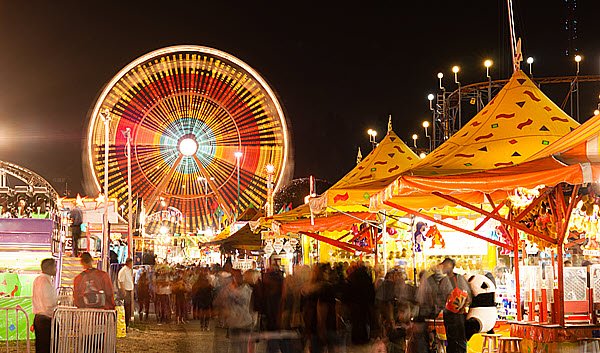Florida State Fair 2019
Discover the Fun at the Florida State Fair Pre Fair interview with the Assistant Manager of the Florida State Fair - Mike Rogalsky. We talk about what is new and exciting at this years Fair. We talk about parking, Seniors and what is good for children under 12 to do. Of course we talk about fair food, the exhibit building the animal exhibits, the carnival and a lot of their entertainment.





